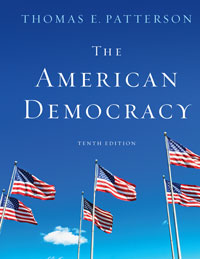1 A) True B) False 2 Marbury v. Madison established the power of the Supreme Court to decide the constitutionality of an act of Congress.A) True B) False 3 A) True B) False 4 A) True B) False 5 A) True B) False 6 A) True B) False 7 A) True B) False 8 A) True B) False 9 A) True B) False 10 A) True B) False





